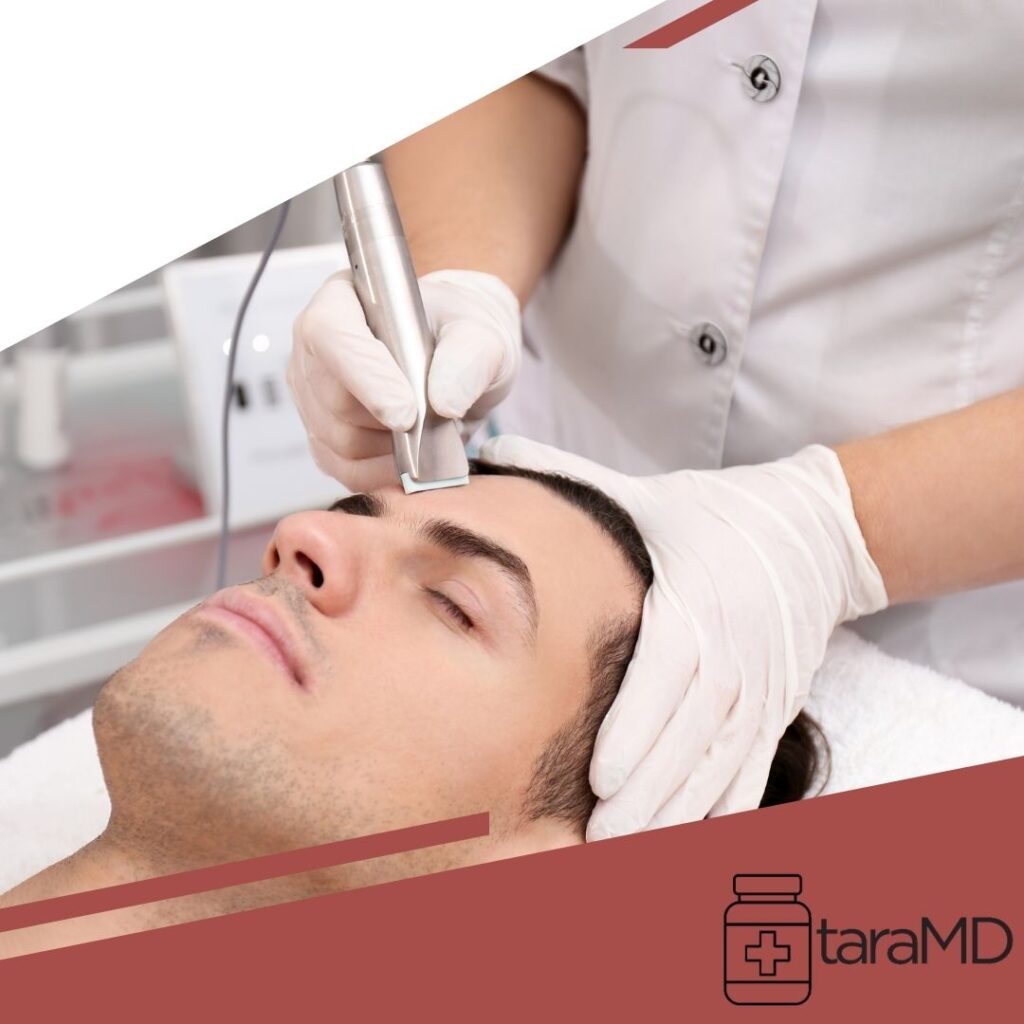Moles and skin spots are common and often harmless, but changes in their appearance can sometimes indicate serious skin conditions, including skin cancer. Most people have at least a few moles or freckles, but it’s important to keep track of any changes in these marks, as they can sometimes be a sign that something is wrong. Knowing when to see a dermatologist about moles or spots is key to early detection and treatment of skin conditions, especially skin cancer. In this article, we’ll explore when it’s necessary to seek professional advice and the signs to watch for.
1. Understanding the Importance of Monitoring Moles and Spots
Moles, also known as nevi, are typically benign (non-cancerous) growths that occur when skin cells called melanocytes grow together. While most moles are harmless, some can develop into melanoma, the most dangerous type of skin cancer. Early detection of abnormal moles or spots is crucial, as melanoma is highly treatable when caught early. A dermatologist is trained to recognize the warning signs of skin cancer and can provide a proper diagnosis and treatment plan.
It’s important to note that skin cancer can develop in areas of the skin that are not often exposed to the sun, so regular skin checks are essential, even if your moles or spots aren’t in typical sun-exposed areas.
2. Signs That Indicate You Should See a Dermatologist
While it’s normal to have moles and spots, certain changes may indicate a potential problem. Dermatologists follow the ABCDE rule to help identify suspicious moles:
- Asymmetry: One half of the mole does not match the other half.
- Border: The edges of the mole are irregular, scalloped, or poorly defined.
- Color: The mole has multiple colors or an uneven distribution of color.
- Diameter: The mole is larger than a pencil eraser (about 6mm or 1/4 inch).
- Evolving: The mole changes in size, shape, or color over time.
If you notice any of these characteristics, it’s essential to see a dermatologist promptly. Even if the mole appears to be a harmless freckle or beauty mark, it’s better to have it examined by a professional to rule out any potential risks.
3. When Moles Itch, Bleed, or Cause Pain
In addition to changes in appearance, moles or spots that itch, bleed, or cause pain should be evaluated by a dermatologist. These symptoms can indicate irritation or infection, but they can also be associated with more serious conditions like skin cancer. A mole that becomes crusty or develops an ulcerated surface may require immediate medical attention. If a mole becomes tender or painful to the touch, it’s important to seek professional advice to determine the cause.
4. Family History of Skin Cancer
If you have a family history of skin cancer, particularly melanoma, it’s even more important to monitor your moles closely and schedule regular dermatologist visits. People with a family history are at a higher risk of developing skin cancer, so early screenings are essential. A dermatologist can provide a more thorough skin examination and give personalized advice on how often you should be checked.
5. Changes in Existing Moles or New Moles
It’s also important to keep an eye on new moles that appear after the age of 25, as well as any changes in existing moles. Moles that appear suddenly or show rapid growth could be a sign of a developing issue. A dermatologist can assess whether a new mole is benign or requires further investigation.
Prioritize Your Skin Health with Regular Check-Ups
While most moles and spots are benign, it’s essential to be vigilant about changes in your skin’s appearance. Recognizing the signs that indicate when to see a dermatologist can be life-saving. If you notice any abnormalities or changes in your moles or spots, don’t hesitate to consult with a dermatologist. Regular skin checks are an important part of maintaining overall skin health and can lead to early detection of skin cancer, significantly improving the chances of successful treatment. Remember, early intervention is key. Make it a habit to monitor your skin regularly and schedule an appointment with a dermatologist if you’re concerned about any moles or spots. Your skin’s health is worth the investment in time and care.
Read more:

